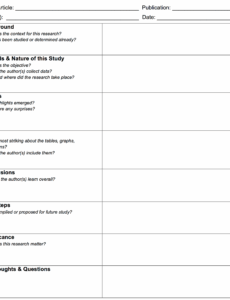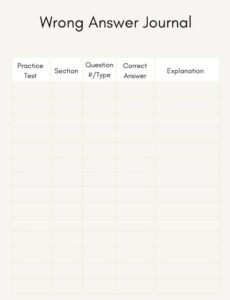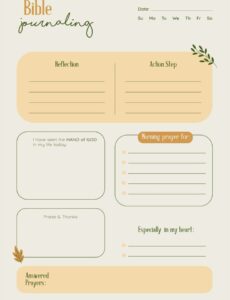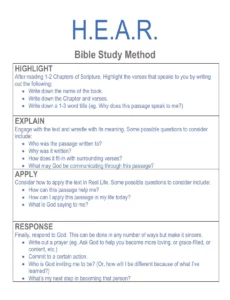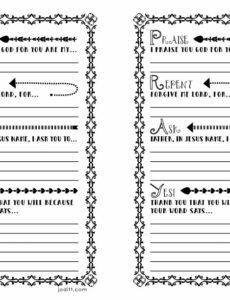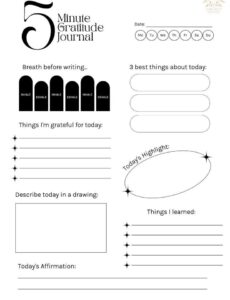Navigating the complexities of growing up can be a real challenge for students, whether it involves managing emotions, staying focused, or improving social interactions. Sometimes, understanding our own actions and reactions feels like trying to solve a puzzle with missing pieces. This is where a simple yet powerful tool can make all the difference: a behavior journal. It offers a unique space for self-reflection and growth, providing clarity in moments of confusion.
Imagine having a personal diary not just for daily events, but specifically for observing and understanding your own behavioral patterns. This kind of focused reflection can unlock incredible insights, helping students to identify triggers, celebrate successes, and develop more effective coping strategies. It is a proactive step towards greater self-awareness and personal development, fostering a stronger sense of agency over one’s actions and future.
Why a Behavior Journal is a Game-Changer for Students
For many students, the idea of consciously tracking their behavior might seem like an extra chore, but the benefits far outweigh the initial effort. A behavior journal isn’t about judgment; it’s about observation and understanding. It serves as a personal narrative of their journey, highlighting moments of triumph and identifying areas that could use a little more attention. This consistent documentation builds a valuable personal database that can be revisited and analyzed over time.
Think of it as developing a mental superpower. By regularly jotting down instances of specific behaviors, students begin to notice trends they might otherwise overlook. Perhaps certain situations consistently lead to frustration, or a particular time of day brings about a dip in concentration. Recognizing these patterns is the first crucial step toward making intentional changes, rather than simply reacting to circumstances. It empowers them to predict and prepare, giving them a significant advantage in managing their daily lives.
Moreover, a behavior journal can significantly improve communication with parents, teachers, or counselors. When a student can articulate not just what happened, but also how they felt, what they were thinking, and what they did in response, it provides a much clearer picture for adults trying to support them. This detailed account moves beyond vague descriptions, allowing for targeted guidance and more effective strategies to be put in place. It transforms abstract problems into concrete observations that can be discussed constructively.
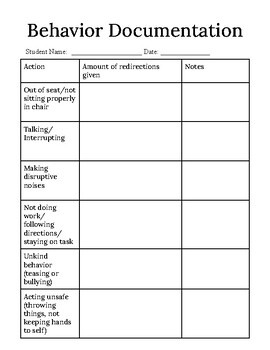
Key Benefits of Using a Behavior Journal
- Self-reflection Cultivating a deeper understanding of personal thoughts, feelings, and actions.
- Pattern Recognition Identifying recurring triggers or common responses to specific situations.
- Improved Communication Providing clear, detailed accounts of experiences to others.
- Goal Setting Helping to define specific areas for improvement and track progress over time.
- Increased Accountability Fostering a sense of ownership over one’s own behavioral choices.
Ultimately, a behavior journal is a tool for empowerment. It shifts the focus from simply experiencing emotions and actions to actively learning from them. This analytical approach supports the development of emotional intelligence, resilience, and problem-solving skills, all of which are invaluable assets for students as they navigate their academic careers and personal lives. The consistent use of a behavior journal template for students can truly transform their self-understanding.
Crafting Your Own Behavior Journal Template: What to Include
Creating an effective behavior journal template for students doesn’t have to be complicated; it’s all about designing a structure that works best for the individual. The goal is to make it easy to use consistently, encouraging regular engagement rather than feeling like a burdensome task. A well-designed template provides prompts that guide reflection without feeling overly restrictive, ensuring that key information is captured during each entry.
A good template acts as a scaffold for thought, helping students to organize their observations. While the specific categories might vary based on individual needs, some core elements are universally beneficial for tracking behavior. Having these consistent sections makes it simpler to compare entries over time and identify those crucial patterns that lead to deeper insights. It turns a blank page into a structured opportunity for self-discovery.
Here are some essential components to consider for your template:
- Date and Time Recording when the behavior occurred.
- Situation or Context Briefly describing the setting and what was happening just before the behavior.
- Behavior Observed A clear, objective description of the specific action or reaction.
- Feelings and Triggers What emotions were present, and what seemed to provoke the behavior?
- Consequences or Outcomes What happened immediately after the behavior, both internally and externally?
- Reflection and Strategies What was learned, and what could be done differently next time?
Consistency is key when using any journal, and especially so for a behavior journal. Encourage students to make entries as soon after an event as possible, when details are still fresh. Even short, concise notes are more valuable than trying to recall events days later. The act of writing itself, even for a few minutes, reinforces the practice of mindfulness and self-observation.
By including sections for reflection and strategies, the template moves beyond mere reporting to active problem-solving. It prompts students to think about alternative actions or coping mechanisms, fostering a proactive approach to personal development. This forward-looking element transforms the journal from a record of past events into a dynamic tool for future growth and positive change.
Embracing the practice of journaling offers students a profound pathway to understanding themselves better. It is a proactive step that empowers them to take charge of their emotional and behavioral growth, leading to more intentional choices and a greater sense of self-control. This dedicated time for reflection helps cultivate resilience and equips them with vital skills for navigating the challenges of life, both inside and outside the classroom.
Ultimately, a behavior journal becomes a trusted companion on the journey of personal development. It stands as a testament to their efforts, a source of insight, and a guide toward becoming the best version of themselves. The lessons learned within its pages are invaluable, shaping a more self-aware and capable individual ready to face whatever comes their way.
